I recently had a request from a school friend to recommend places to eat in Paris, so I felt it was my duty to share my beloved Paris and I decided to put together a 'beginners guide' to Paris. This was going to be via a number of walks, however, with the amount of information I wanted to include for this first walk, these “walks” will become a BOOK! So this blog page will take you on one “walk” which will probably take a few days, but will cover some compulsory, and some more unknown, stops. Included in this “walk” will be museums, food places and other “WOW” places, as I like to call them. I love sharing my WOW places with Paris virgins! So if the feedback is good for this first walk, I will share more….
Depending on where you are staying you can “start” the walk at any point. Stay as long as you want at the various places, or continue on if you’re limited for time. This way you’re getting a taste and feel for Paris so you know where you want to come back to when you do have more time.
Lets start at the big mother of sites…. The Louvre. ...... (Click on photos/ arrows for full pictures)
Depending on where you are staying you can “start” the walk at any point. Stay as long as you want at the various places, or continue on if you’re limited for time. This way you’re getting a taste and feel for Paris so you know where you want to come back to when you do have more time.
Lets start at the big mother of sites…. The Louvre. ...... (Click on photos/ arrows for full pictures)
I just couldn't resist sharing this video I took at the Louvre! All I can say is
"wait for it...." like I did on the video!!
"wait for it...." like I did on the video!!
Step one: Go inside! The Louvre will blow you away and if you were to do it properly will take you many visits to get through it all. But for a first visit, the biggest must is the Mona Lisa. The funny thing is, when you see the Mona Lisa in real life, she’s almost a let down. She is so small! I think it’s like with all celebrities, you imagine them so much bigger than they really are! She is small. And quite a special woman with a whole wall, and 4 security guards dedicated to her alone…..
NOTE: included in this huge building complex is the Musee des Artes Decoratifs. Another must while you're around here or for another day. The rather discreet entrance can be found on the Rue de Rivoli....
After you have exhausted the Louvre (or it has exhausted you!) find the Arc de Triomphe and walk the straight line towards it. Yes, it’s a straight line. The one thing I love about Paris is the way things line up. You can stand in the middle of the Tuileries Gardens outside the Louvre, and look straight towards the Arc de Triomphe, and then even beyond that you can see La Defense in a direct line too (well, only on a clear day!). In fact the Parisians are such a stickler for lines that even the temporary ferris wheel at the Place de la Concorde was placed in line to an exact degree that even my perfect eye couldn’t fault it!
Once you hit the Place de la Concorde, cross the street to the middle island and then take a look in each direction. Perfect lineage, if that’s the correct word. Straight ahead you have the Arc de Triomphe, on the left you have the Assemblee Nationale, and to your right you have La Madeleine. See how beautifully centred these buildings are! And if you turn around you will see the Louvre centred behind you.
Anyway, next turn will be to the right, and you will walk towards La Madeleine….
On the left hand side, note Maxims. Yes, the famous restaurant, which also has a museum, which I have never been to as every time I go, it is closed, or the tour is not in English… Hmmm, one day…..
Once you approach La Madeleine (LM), there are a few things to do/ see:
- On the right hand side there is a gorgeous patisserie. Laduree. Go in and feed your eyes.
- go inside La Madeleine. Not a wow moment, but it’s still a beautiful building.
- Veer around to the right of LM and you can check out the Maille shop, if you’re into mustards.
- Then follow the right hand side of LM until you hit Fauchon! Ooh la la! Go inside and feed your eyes here too!!
- Just across the road, behind LM, is another Fauchon shop, but more for packaged foods. One thing I love about the French is the gorgeous packaging. With a food business in my past I certainly can appreciate the effort and cost in all of this gorgeous packaging!
On the left hand side, note Maxims. Yes, the famous restaurant, which also has a museum, which I have never been to as every time I go, it is closed, or the tour is not in English… Hmmm, one day…..
Once you approach La Madeleine (LM), there are a few things to do/ see:
- On the right hand side there is a gorgeous patisserie. Laduree. Go in and feed your eyes.
- go inside La Madeleine. Not a wow moment, but it’s still a beautiful building.
- Veer around to the right of LM and you can check out the Maille shop, if you’re into mustards.
- Then follow the right hand side of LM until you hit Fauchon! Ooh la la! Go inside and feed your eyes here too!!
- Just across the road, behind LM, is another Fauchon shop, but more for packaged foods. One thing I love about the French is the gorgeous packaging. With a food business in my past I certainly can appreciate the effort and cost in all of this gorgeous packaging!
Once you’re all done here, head back towards the Maille shop and we’ll be taking a left down Boulevard Des Cappucines. It’s a bit of a walk, but head straight along……
You will shortly see a large intersection approaching…. Once you hit this large intersection, get to the corner and look left. WOW! The Paris Opera House. Cross to the middle traffic island for a centred photo, but from any angle this building is beautiful! Look for a street coming off this intersection behind you to your left, at 45 degrees, Rue de la Paix, and you will see the beautifully centred Vendome Column, originally erected by erected by Napoleon I, between 1806-1810, while the square of Place Vendome was laid out in 1702. This is where you’ll find The Ritz, and where Princess Diana got into that car on that fateful night…. But definitely go for a walk around here when you have time. You can go and see where Coco Chanel used to live at 15, Place Vendome.
You will shortly see a large intersection approaching…. Once you hit this large intersection, get to the corner and look left. WOW! The Paris Opera House. Cross to the middle traffic island for a centred photo, but from any angle this building is beautiful! Look for a street coming off this intersection behind you to your left, at 45 degrees, Rue de la Paix, and you will see the beautifully centred Vendome Column, originally erected by erected by Napoleon I, between 1806-1810, while the square of Place Vendome was laid out in 1702. This is where you’ll find The Ritz, and where Princess Diana got into that car on that fateful night…. But definitely go for a walk around here when you have time. You can go and see where Coco Chanel used to live at 15, Place Vendome.
But back to the Opera House…. If you have time, go around to the left of the building to the ticket office for a tour of the inside. It will really take your breath away!
Otherwise, follow around the left of the Opera House and on the opposite side of the road you will find the Lindt shop. Go inside even if it just to see the tempering machines (you will learn about tempering when you go to the Chocolate Museum!). And you may find flavours not yet available at home e.g. Wasabi! And watch them in action at the back of the shop while they make chocolates…. YUM!
Otherwise, follow around the left of the Opera House and on the opposite side of the road you will find the Lindt shop. Go inside even if it just to see the tempering machines (you will learn about tempering when you go to the Chocolate Museum!). And you may find flavours not yet available at home e.g. Wasabi! And watch them in action at the back of the shop while they make chocolates…. YUM!
Back out the door of the Lindt shop, turn left, continue on and you will hit Boulevard Hausmann, named after Georges-Eugène Hausmann, a famous Parisian, who re-designed and planned Paris (wikipedia.haussmann's renovation of Paris).
It is here that you will find the two famous department stores, Printemps and Galleries Lafayettes. You will definitely get stuck in this area for a while, but don’t miss out on the following:
(no photos here. I don’t want to wreck the three WOW moments!)
- the Galleries Lafayettes Homeware store.
- Turn left, cross the street and walk down to Printemps. Go in and take the lift to the top floor. Out of the lift walk straight ahead into the restaurant/ bar. Walk right in, and then LOOK UP!........ WOW 1!
- Back on the street, head back towards the Opera House, go into the Galleries Lafayettes Mens store. Head to level 1 (downstairs) and check out their amazing Food Hall.
FOOD STOP. Buy anything here! It will be great.
- Back outside and continue to the Galleries Lafayettes Ladies store. Walk in and head straight to the cosmetics counters (keep your eyes down!!). Please do not be tempted to look up yet…. Just go in, keep your eyes cast downwards but look for the Chanel stand, or Clarins, then LOOK UP!..... WOW 2!
- After you put you tongue back in your head, keep walking in the same direction within the store, veering to the left. Look for the elevators. Take one to the top floor. Walk out past the packaged gifts, and up the staircase…. You will find yourself on the roof, with a gorgeous view of Paris. Most of the major sites are visible from up here.
It is here that you will find the two famous department stores, Printemps and Galleries Lafayettes. You will definitely get stuck in this area for a while, but don’t miss out on the following:
(no photos here. I don’t want to wreck the three WOW moments!)
- the Galleries Lafayettes Homeware store.
- Turn left, cross the street and walk down to Printemps. Go in and take the lift to the top floor. Out of the lift walk straight ahead into the restaurant/ bar. Walk right in, and then LOOK UP!........ WOW 1!
- Back on the street, head back towards the Opera House, go into the Galleries Lafayettes Mens store. Head to level 1 (downstairs) and check out their amazing Food Hall.
FOOD STOP. Buy anything here! It will be great.
- Back outside and continue to the Galleries Lafayettes Ladies store. Walk in and head straight to the cosmetics counters (keep your eyes down!!). Please do not be tempted to look up yet…. Just go in, keep your eyes cast downwards but look for the Chanel stand, or Clarins, then LOOK UP!..... WOW 2!
- After you put you tongue back in your head, keep walking in the same direction within the store, veering to the left. Look for the elevators. Take one to the top floor. Walk out past the packaged gifts, and up the staircase…. You will find yourself on the roof, with a gorgeous view of Paris. Most of the major sites are visible from up here.
- Next stop is across the street. A bank, would you believe? Look for the Societe Generale bank. If you’re there on a weekend, then I guess you’ll miss out this time. Anyway, walk in the big double doors, and veer around to the left. Check out the old desks and counters, and then…. LOOK UP!.... WOW 3!
OFFSHOOT 1:
As another option at this point, walk back towards Printemps and follow Boulevard Hausmann. Along this route you will pass the Église Saint-Augustin, a lovely church built between 1860 and 1871.
As another option at this point, walk back towards Printemps and follow Boulevard Hausmann. Along this route you will pass the Église Saint-Augustin, a lovely church built between 1860 and 1871.
Then continue to a really lovely, little known museum, the Musee Jacquemart-Andre. The museum was created from the private home of Édouard André (1833–1894) and Nélie Jacquemart (1841-1912) to display their art collection. Make sure you have a good look at the double spiral staircases.
It’s a long walk, but continue straight on and you eventually you will hit the Arc De Triomphe! Well worth a visit! And when you do get there, remember to stand under the arch, look in one direction, straight down the Champs Elysee, and on to the Louvre. And then turn around and see the perfect line to La Defense. WOW.
But back to where we left off before the Offshoot…. Head straight ahead along Boulevard Hausmann with the department stores behind you.
FOOD STOP:
If you’re feeling peckish, walk down Boulevard Hausmann and take a right at the Blvd Des Italiens. Walk down and on the left hand side at number 11 you will find the Cafe Le Marivaux. Pop in and try the raclette (though you really must like cheese for this. Yes, in the photo below that IS a slab of cheese under the "grill"!). It's a Swiss traditions that crept across the border into France. For more information read wikipedia.org/wiki/Raclette
FOOD STOP:
If you’re feeling peckish, walk down Boulevard Hausmann and take a right at the Blvd Des Italiens. Walk down and on the left hand side at number 11 you will find the Cafe Le Marivaux. Pop in and try the raclette (though you really must like cheese for this. Yes, in the photo below that IS a slab of cheese under the "grill"!). It's a Swiss traditions that crept across the border into France. For more information read wikipedia.org/wiki/Raclette
Back on Boulevard Hausmann (with the department stores behind you again), start walking and the street will change names as you walk along. But keep an eye open for a street on the left hand side called Rue Lafitte, just after the Hotel Paris Marriott, and look left while crossing the street! WOW!
There are many things to see along this very long road, which next becomes Blvd Montmartre, and without actually being there to tell you as they pop up, keep an eye out for the following:
- Once you hit the metro stop Richelieu-Drouot look at both sides of the street as you walk and you will spot some famous old covered Passages, or shopping arcades; Passage des Panoramas, Passage Jouffroy, Passage des Princes to name a few. See bonjourparis.com/story/paris-passages-shopping-arcades/ for more info.
- You’ll next stumble upon Musee Grevin, which is a wax works. See grevin-paris.com/en for more.
- then keep an eye out on the left hand side for Rue du Faubourg Montmartre.
FOOD STOP. Turn left at this street and on the left hand side not too far down you will see a red and white sign for Chartiers. Walk through the arcaded entry and step back in time….
- Once you hit the metro stop Richelieu-Drouot look at both sides of the street as you walk and you will spot some famous old covered Passages, or shopping arcades; Passage des Panoramas, Passage Jouffroy, Passage des Princes to name a few. See bonjourparis.com/story/paris-passages-shopping-arcades/ for more info.
- You’ll next stumble upon Musee Grevin, which is a wax works. See grevin-paris.com/en for more.
- then keep an eye out on the left hand side for Rue du Faubourg Montmartre.
FOOD STOP. Turn left at this street and on the left hand side not too far down you will see a red and white sign for Chartiers. Walk through the arcaded entry and step back in time….
“In 1896, the Bouillon Chartier was born out of a very simple concept – provide a decent meal at a reasonable price and give customers good service in order to earn their loyalty. Fifty million meals, and only four owners later, the recipe is still every bit as much a success.” - www.bouillon-chartier.com
I visit every time I am in Paris. The food will not make you go wow, like to look of the place will. But it’s cheap, honest French food (order the duck confit with potatoes. They are the best potatoes I have ever eaten), with great, efficient service. Bring a dictionary though as the menu is only in French and be prepared to share a table if there are less than four of you and it is peak time! Be warned that if you do come at peak time you will probably need to queue. So make it an early or late, lunch or dinner.
I visit every time I am in Paris. The food will not make you go wow, like to look of the place will. But it’s cheap, honest French food (order the duck confit with potatoes. They are the best potatoes I have ever eaten), with great, efficient service. Bring a dictionary though as the menu is only in French and be prepared to share a table if there are less than four of you and it is peak time! Be warned that if you do come at peak time you will probably need to queue. So make it an early or late, lunch or dinner.
Continue down the main street, (keep an eye out for the next street you cross on the left had side and take a look left as you cross!) which has now become Boulevard Poissonniers, to Boulevard Bonne Nouvelle (same street and same Metro name too), and it is along here, on the left hand side that we will find Choco Story, also known as Le Musée Gourmand du Chocolat. You will now learn everything there is to learn about chocolate, from the birth of chocolate to viewing the chronological displays of equipment used in chocolate making, to cups and pots for hot chocolate (look out for the cup designed for men with moustaches!!!), chocolate moulds and even old packaging. And you can even try some original (think Aztec!) hot chocolate recipes on your way out. That is, after a demo in the kitchen where you will be shown how to make filled chocolates! AND taste them too! Yes, definitely worth a visit.
Continue along this road after the visit in the same direction and you will come across the Blvd St Denis and the Blvd St Martin, where there are two very large stone “portes” (doors). In this area, if you take a turn to the left, you will find a lot of Arab cafes and restaurants and food stores. If you’re into Arab pastries and halva, definitely walk down and grab some (if you can handle anymore sugar after the chocolate museum!)…
OFFSHOOT:
If you’re into gorgeous French architecture and seeing something a little on the quirky side, then it’s time to turn left at Rue du Faubourg Saint-Martin, at the second porte. Walk up until you see a gorgeous “fairytale” building and you will have stumbled on the Biblioteque Chateau D’Eau, one of the public libraries in Paris. Stand there and just absorb that beauty!
This divine building is on the corner with Rue Chateau D’Eau, on the right hand side. Walk down this street and look for number 39, on the right hand side. Take a good long look at number 39 Rue Chateau D’Eau, and you will be looking at the smallest building in Paris, measuring 1.1 metres wide, by 5 metres deep! Yep!
OFFSHOOT:
If you’re into gorgeous French architecture and seeing something a little on the quirky side, then it’s time to turn left at Rue du Faubourg Saint-Martin, at the second porte. Walk up until you see a gorgeous “fairytale” building and you will have stumbled on the Biblioteque Chateau D’Eau, one of the public libraries in Paris. Stand there and just absorb that beauty!
This divine building is on the corner with Rue Chateau D’Eau, on the right hand side. Walk down this street and look for number 39, on the right hand side. Take a good long look at number 39 Rue Chateau D’Eau, and you will be looking at the smallest building in Paris, measuring 1.1 metres wide, by 5 metres deep! Yep!
But back to the porte at Boulevard St Martin. There are a number of streets that will take you to our next stop, but just follow this one straight on and in no time you will hit the Georges Pompidou Centre!
Make note for FOOD STOPS. As you just hit the Pompidou Centre the street to the left and right is Rue Rambuteau, and all the cafes along here to the right are nice. I would just avoid the cafes facing the Pompidou Centre.
BUT WAIT, time for a DRINK STOP! …. Head to the discreet (red? yellow?) elevator to the left hand side of the entrance to the Pompidou Centre and head up to the 4th floor, walk along the walkway to… Le Georges. There are seats outside, but go inside even if it is just look at the roses…. But check out the funky bar as well. Absorb the views while you take in your drink. On your way out, take the escalators to the bottom so you can appreciate the views and the “inside out” architecture of the building.
BUT WAIT, time for a DRINK STOP! …. Head to the discreet (red? yellow?) elevator to the left hand side of the entrance to the Pompidou Centre and head up to the 4th floor, walk along the walkway to… Le Georges. There are seats outside, but go inside even if it is just look at the roses…. But check out the funky bar as well. Absorb the views while you take in your drink. On your way out, take the escalators to the bottom so you can appreciate the views and the “inside out” architecture of the building.
But of course, you must go inside! … My second favourite room on the planet can be found in this building (my favourite being the Hall of Mirrors in Versailles). I don’t know the name of this room, but it’s in the modern section. UPDATE: It's called the Winter Garden, by Ean Debuffet, and it's no longer there. Shame!
FOOD STOP: On the other side of the building you will find Rue des Blancs Manteaux. One particularly good lunch I had (see below) was at a café on the corner with Rue des Archives, called Le Bouquet des Archives. This is the beginning of the Marais area. Besides just having a good wander around this area, go on a Sunday to the Rue des Rosiers and join half of Paris queuing and enjoying felafel, Jewish pastries and other kosher food!
FOOD STOP: Once you have walked around the Marais, head to the corner of Rue de Archives and Rue de la Verrerie (just behind BHV department store), and you will find Café la Comete. Another regular of mine! And regular it is. Nothing flash. Just simple, cheap French food. I go because I know I can get a salad with giblets!! Yes, if you like giblets, make sure you look for geziers on menus!!
You really can’t go wrong with food in Paris. In all my travels here, and I have had countless meals in Paris, I have only had one bad one. Some not so memorable, but some made me feel giddy with excitement and disbelief at the quantity and quality that 11+ euros can buy you here!!
You really can’t go wrong with food in Paris. In all my travels here, and I have had countless meals in Paris, I have only had one bad one. Some not so memorable, but some made me feel giddy with excitement and disbelief at the quantity and quality that 11+ euros can buy you here!!
Some food tips:
- Salads – just order salads. They are big and they are great.
- Steak frites – the French know how to cook a steak! They will ask you how you would like it cooked. Beware, in Paris there is no medium/ rare, or medium/well done. These are terms they use:
i) Bleu – as rare as raw can be.
ii) Saignant (pron: sen-yont)– as rare as rare can be.
iii) A point – (pron: ah pwainh) “Perfectly cooked; á point is used in the French kitchen for any food perfectly cooked, and for a steak it does not mean medium-rare! When an Italian chef wants perfect pasta he or she will say al dente. In France for the same perfect pasta, the chef would say à point. A perfectly cooked steak in France is considered rare-to-medium-rare, with the accent on the rare. “..… And trust me, and trust the chef, it’ll be perfect!
iv) Entre à Point et Bien Cuit - Medium rare; a little closer to medium.
v) Bien Cuit- A medium to well-done steak.
vi) Très Bien Cuit (Carbonisé)– An exceptionally well-done steak; however très bien cuit is not in any French chef’s dictionary, though it will be understood. However, do not order France's popular steak frites very well-done, or you will be served the equivalent of fried or grilled leather.
- go for a Prix Fix menu. They are very good value. In some cases you really will wonder why the French aren’t obese. I try to avoid 3 course menus. It can be a bit too much food.
If you continue to the end of Rue Des Archives you will hit the Rue de Rivoli and the back of one of my favourite buildings in Paris, the Hotel de Ville, or the Town Hall. Walk to the right, around to the front of it and take in the beauty of this magnificent building! MAGNIFICENT is the only way to describe it. If you’re fortunate, there will be something happening in the square in front. During the last Olympics they had a big screen, bean bags, chairs, tables and a bar set up for the public! In winter there’s an ice rink. Just fabulous!
- Salads – just order salads. They are big and they are great.
- Steak frites – the French know how to cook a steak! They will ask you how you would like it cooked. Beware, in Paris there is no medium/ rare, or medium/well done. These are terms they use:
i) Bleu – as rare as raw can be.
ii) Saignant (pron: sen-yont)– as rare as rare can be.
iii) A point – (pron: ah pwainh) “Perfectly cooked; á point is used in the French kitchen for any food perfectly cooked, and for a steak it does not mean medium-rare! When an Italian chef wants perfect pasta he or she will say al dente. In France for the same perfect pasta, the chef would say à point. A perfectly cooked steak in France is considered rare-to-medium-rare, with the accent on the rare. “..… And trust me, and trust the chef, it’ll be perfect!
iv) Entre à Point et Bien Cuit - Medium rare; a little closer to medium.
v) Bien Cuit- A medium to well-done steak.
vi) Très Bien Cuit (Carbonisé)– An exceptionally well-done steak; however très bien cuit is not in any French chef’s dictionary, though it will be understood. However, do not order France's popular steak frites very well-done, or you will be served the equivalent of fried or grilled leather.
- go for a Prix Fix menu. They are very good value. In some cases you really will wonder why the French aren’t obese. I try to avoid 3 course menus. It can be a bit too much food.
If you continue to the end of Rue Des Archives you will hit the Rue de Rivoli and the back of one of my favourite buildings in Paris, the Hotel de Ville, or the Town Hall. Walk to the right, around to the front of it and take in the beauty of this magnificent building! MAGNIFICENT is the only way to describe it. If you’re fortunate, there will be something happening in the square in front. During the last Olympics they had a big screen, bean bags, chairs, tables and a bar set up for the public! In winter there’s an ice rink. Just fabulous!
At this point you can follow the Rue de Rivoli all the way back to the Louvre, passing lots of shoe shops, clothes shops and places like C & A (department store), Zara, etc… Once you start getting close to the Louvre the shops all start selling souvenirs, so best to cross the road and walk through the Louvre at this stage.
DRINK STOP:
About 3 blocks before you hit the Louvre, keep an eye open for a street on the right, Rue du Pont Neuf. Turn right and on the opposite side of the street find the office building entrance with the word Kong somewhere on the glass. It’s at number 1 Rue du Pont Neuf, but from experience, having the address didn’t help. Take the lift up to the bar, and once you have gone WOW, ask if you can take a look upstairs at the restaurant. WOW. Designed by Phillipe Starck, it’s worth a peek!
DRINK STOP:
About 3 blocks before you hit the Louvre, keep an eye open for a street on the right, Rue du Pont Neuf. Turn right and on the opposite side of the street find the office building entrance with the word Kong somewhere on the glass. It’s at number 1 Rue du Pont Neuf, but from experience, having the address didn’t help. Take the lift up to the bar, and once you have gone WOW, ask if you can take a look upstairs at the restaurant. WOW. Designed by Phillipe Starck, it’s worth a peek!
OFFSHOOT 2:
Running parallel to Rue de Rivoli at this point is the Rue St Honore. It’s a very trendy street, famous for it fashion stores, it is also home to the Hotel Costes, which, like the Café del Mar, has created a number of chill out CD’s. But it is a spectacular place to see, worth the 17 euro for a glass of wine it cost me last time! You’ll find Hotel Costes near the corner of Rue de Castiglione, just past the Place Vendome. Look for the very cool, very black exterior. Definitely take a walk down this street. But don’t eat here unless you have a Titanium Amex.
Running parallel to Rue de Rivoli at this point is the Rue St Honore. It’s a very trendy street, famous for it fashion stores, it is also home to the Hotel Costes, which, like the Café del Mar, has created a number of chill out CD’s. But it is a spectacular place to see, worth the 17 euro for a glass of wine it cost me last time! You’ll find Hotel Costes near the corner of Rue de Castiglione, just past the Place Vendome. Look for the very cool, very black exterior. Definitely take a walk down this street. But don’t eat here unless you have a Titanium Amex.
At this point I will stop or I will never finish this…. Oh Paris je t’aime!.... and there is so much more to share…. So, until the next walk!
If you would like a printable copy (a word document or a PDF, with no photos) to print and take with you, please email me at ruby's holiday residences with Paris in the subject line.
If you would like a printable copy (a word document or a PDF, with no photos) to print and take with you, please email me at ruby's holiday residences with Paris in the subject line.
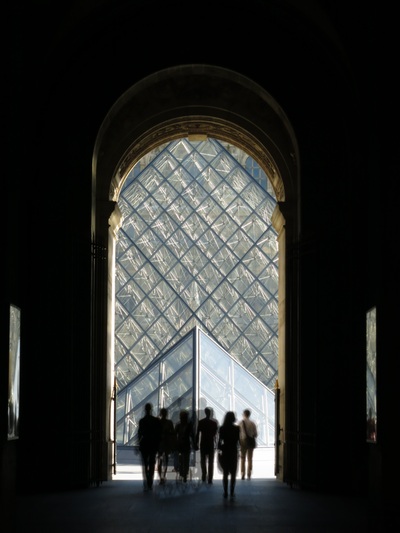

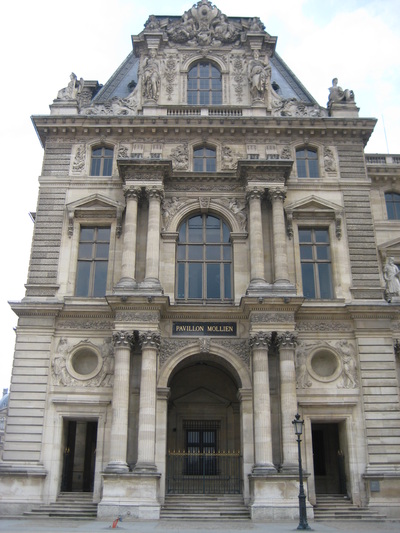
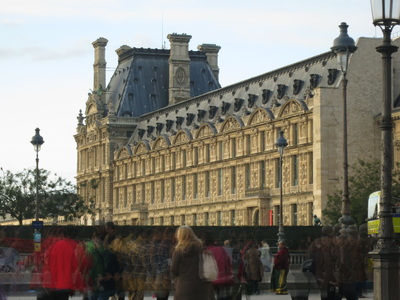
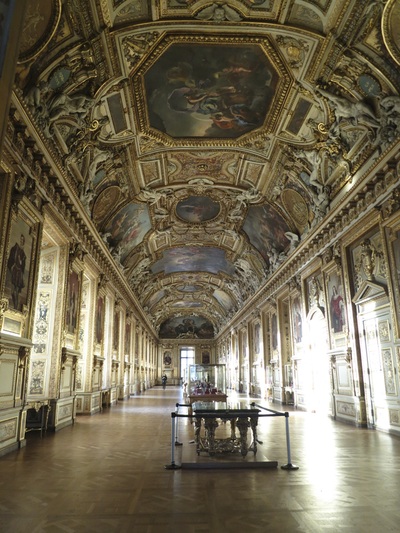
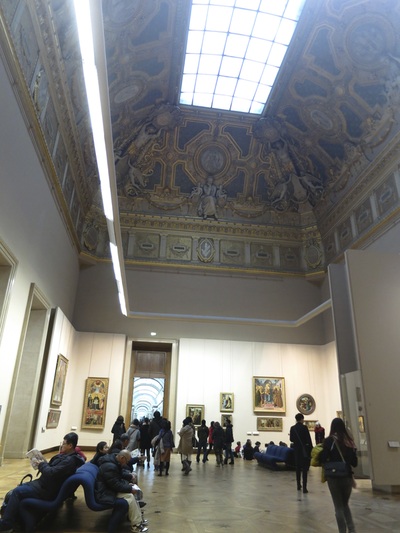
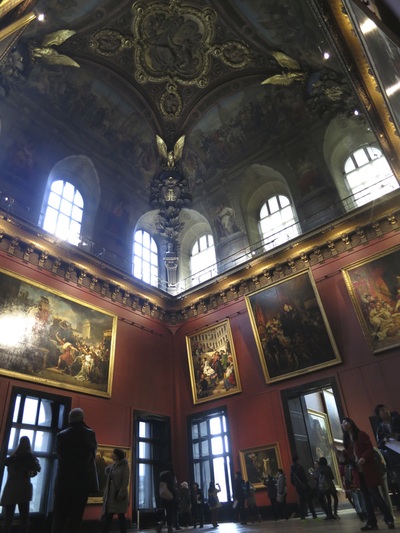
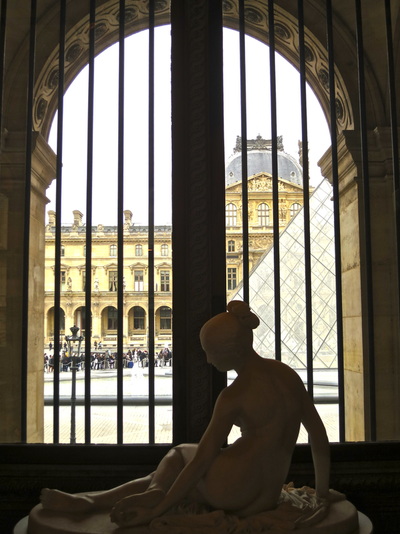
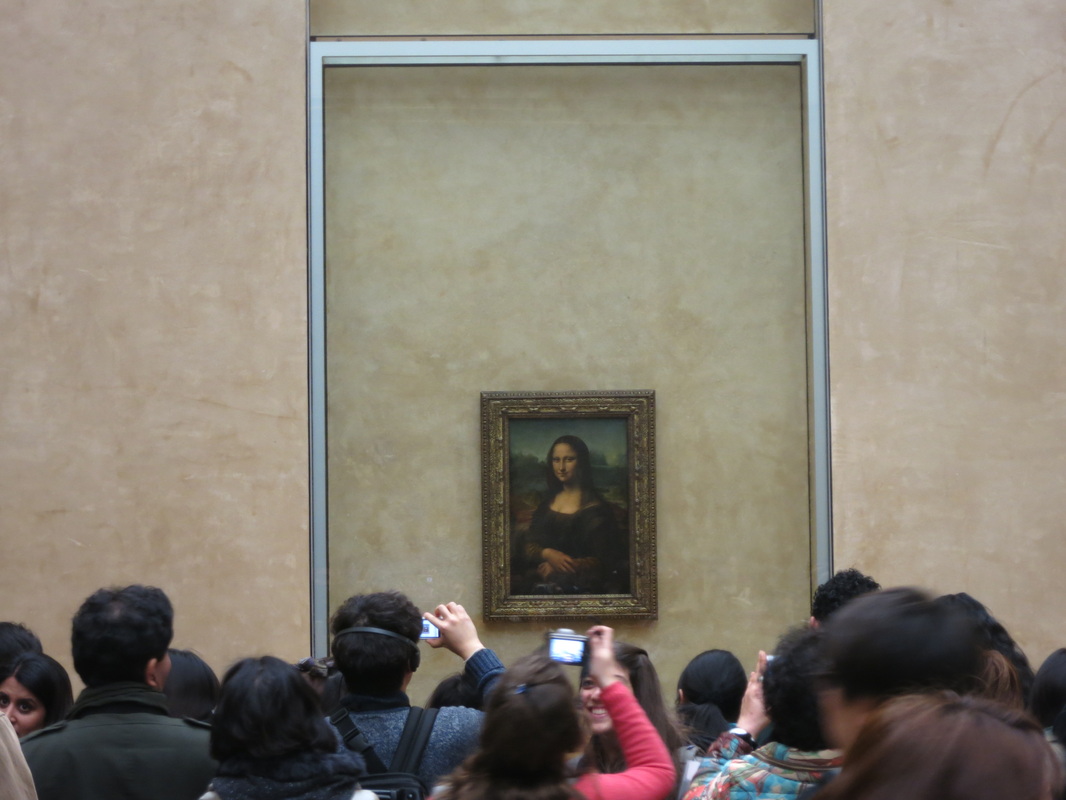
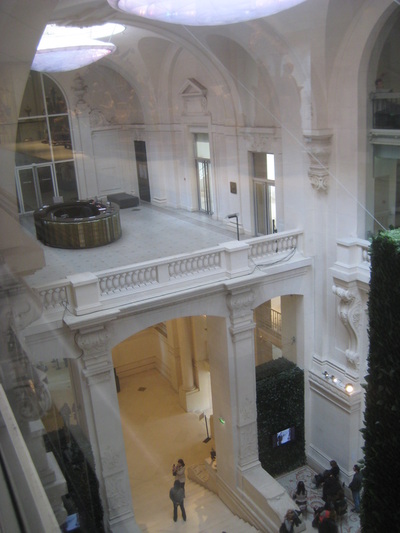
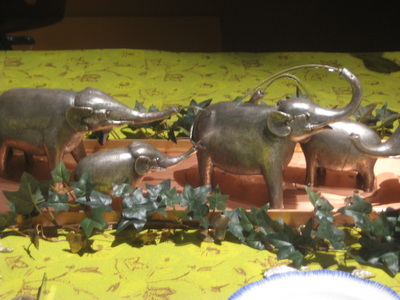
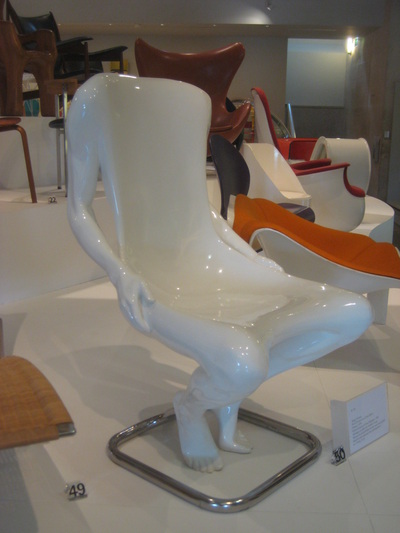
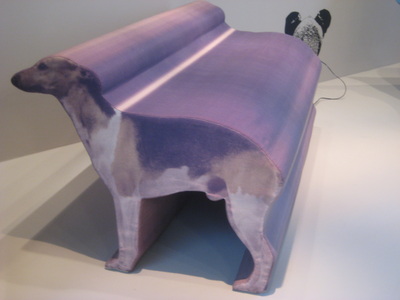
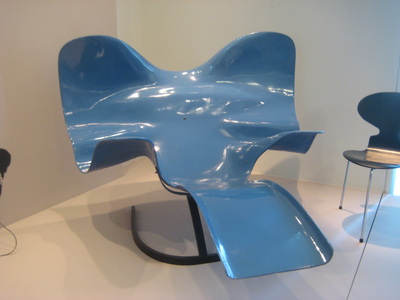
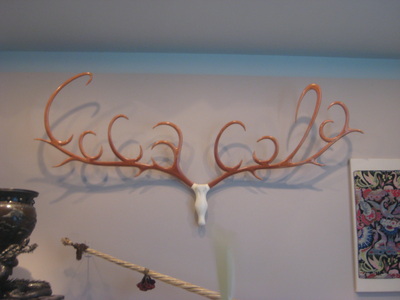
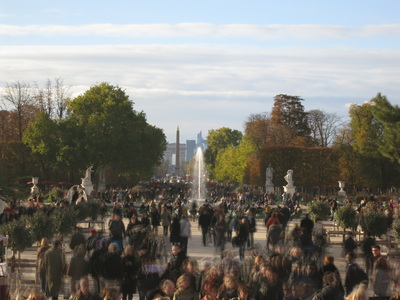
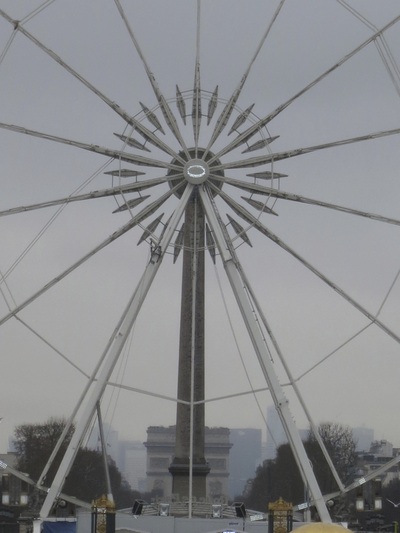


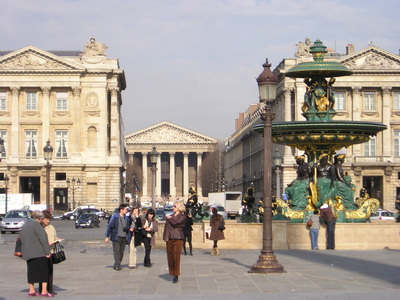
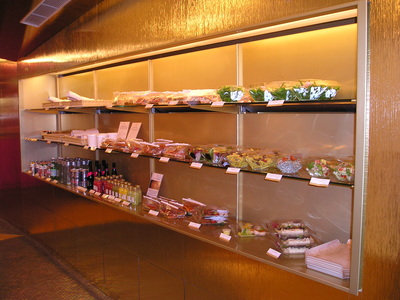
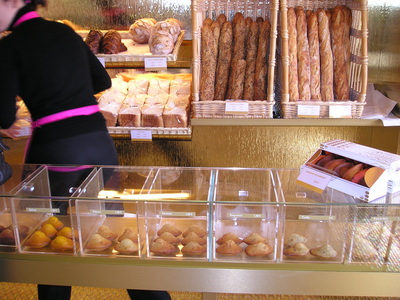
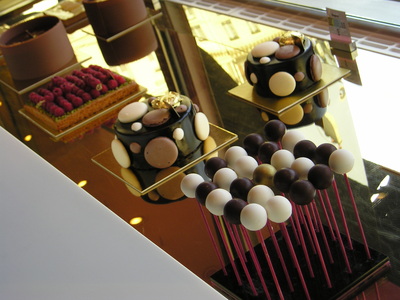
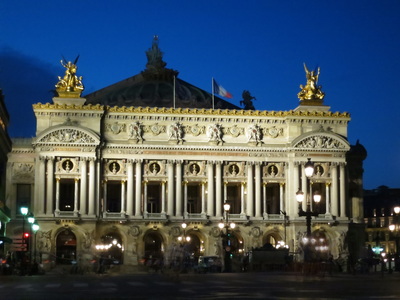
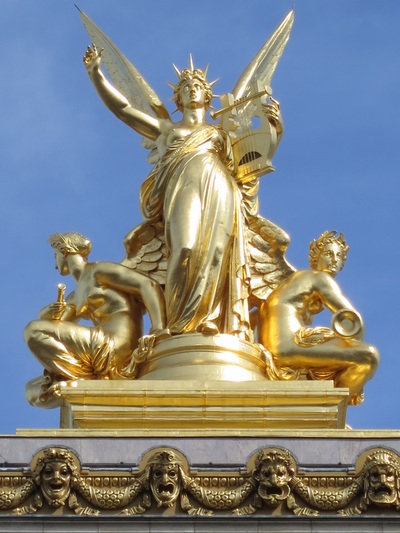
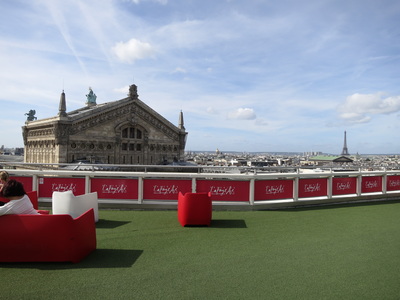
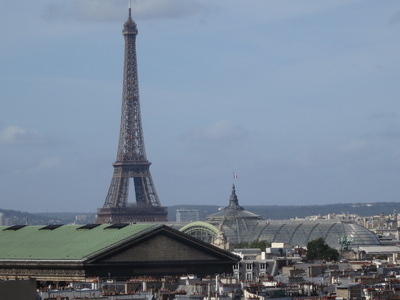
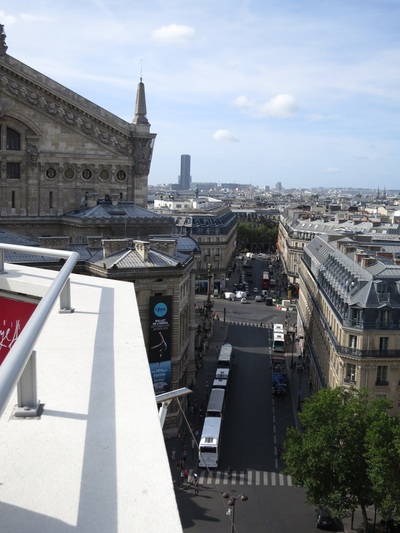
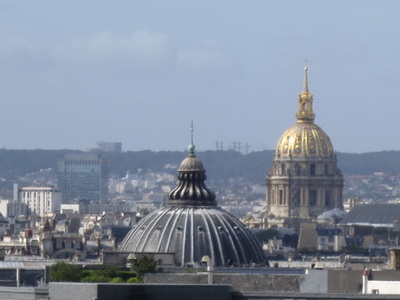
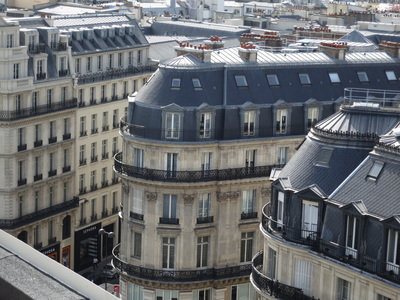
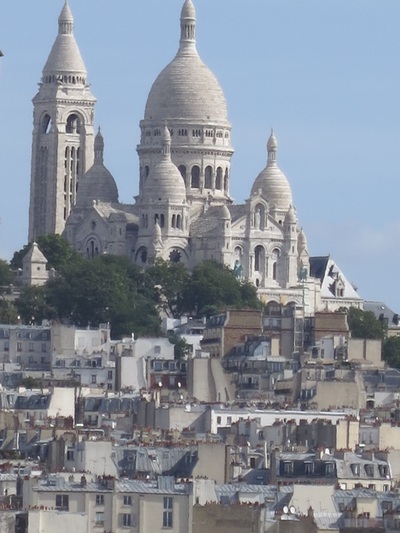
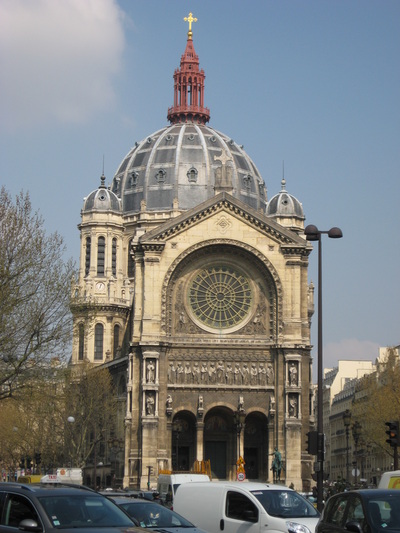
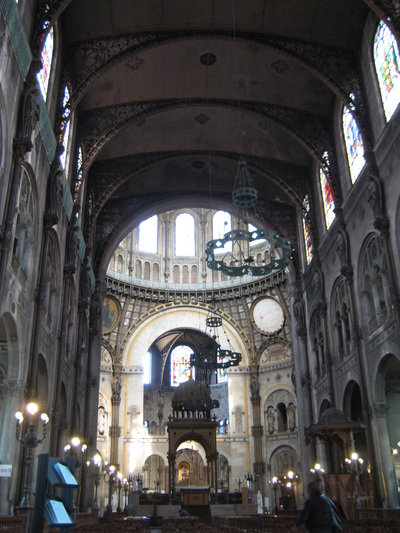
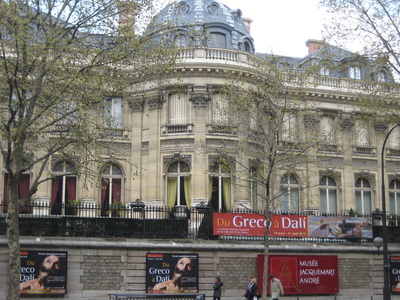
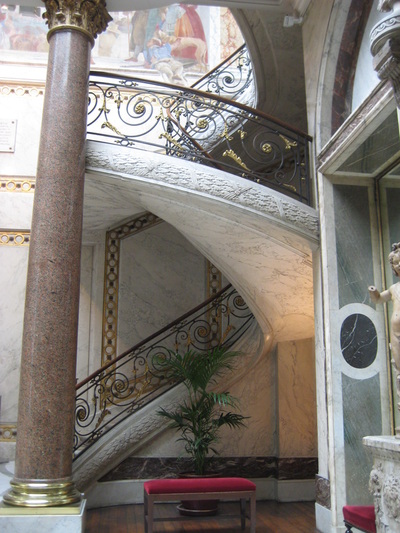

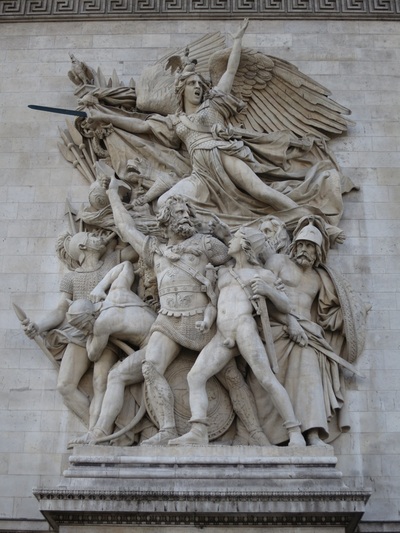
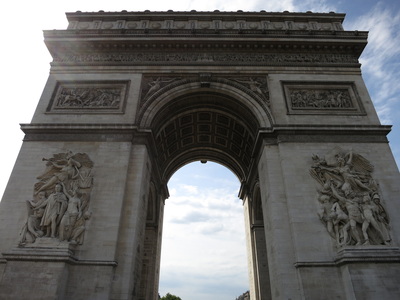
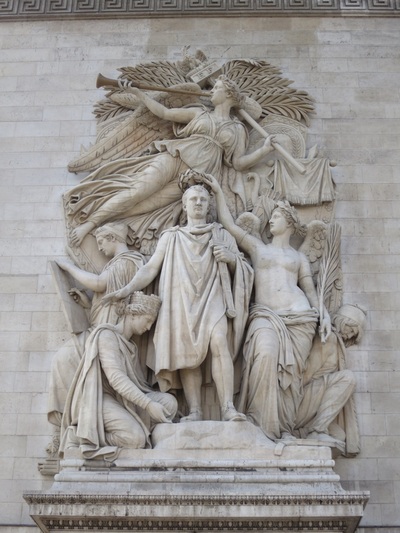
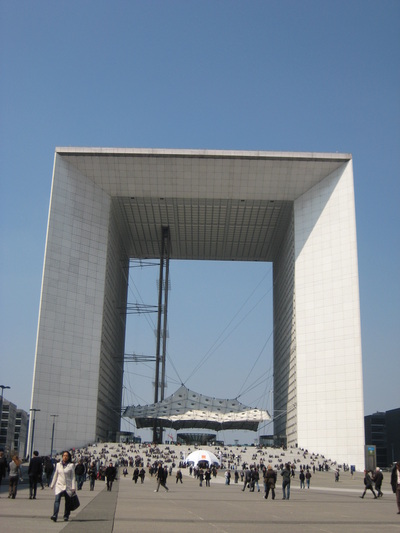
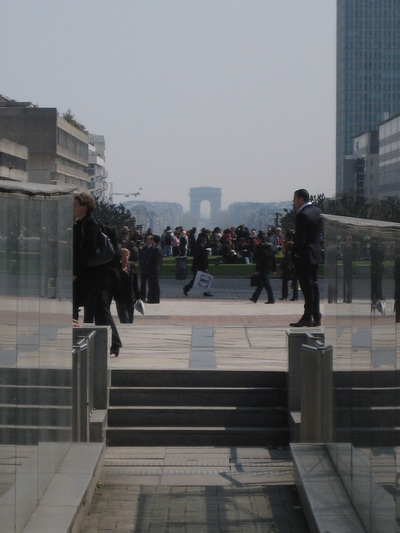
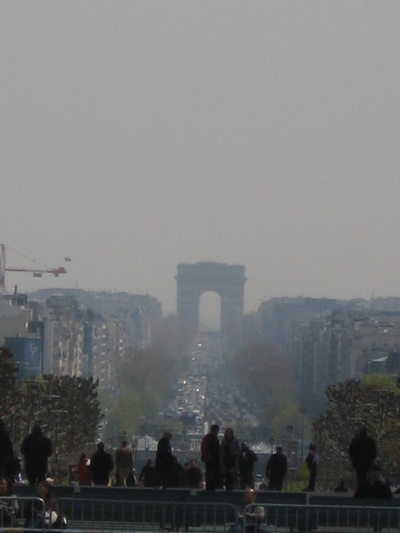
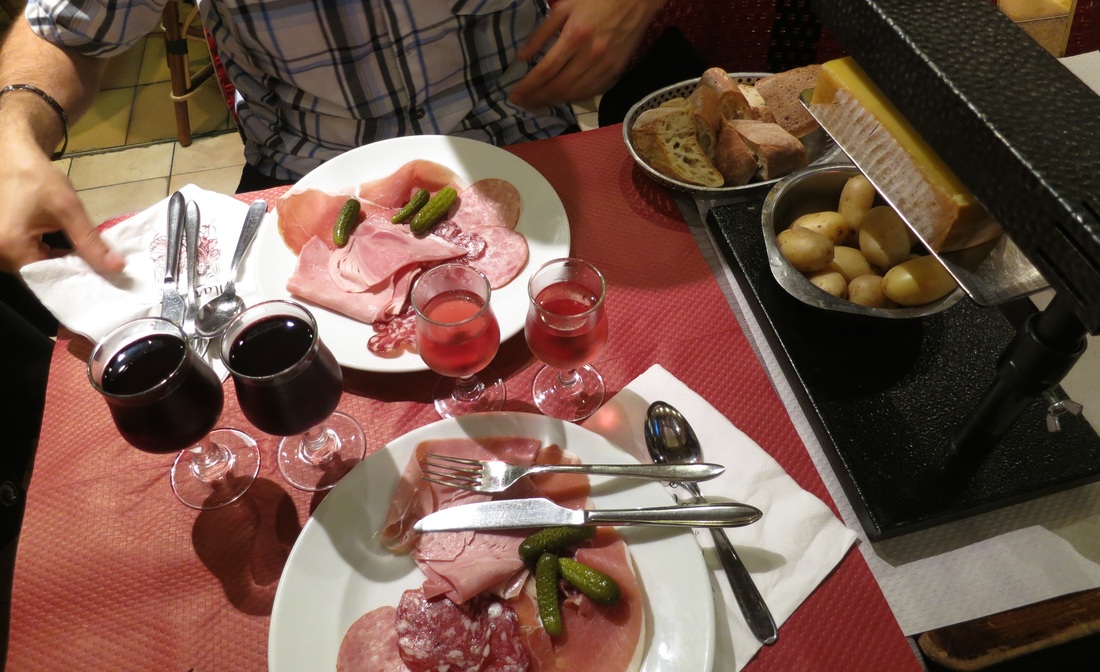
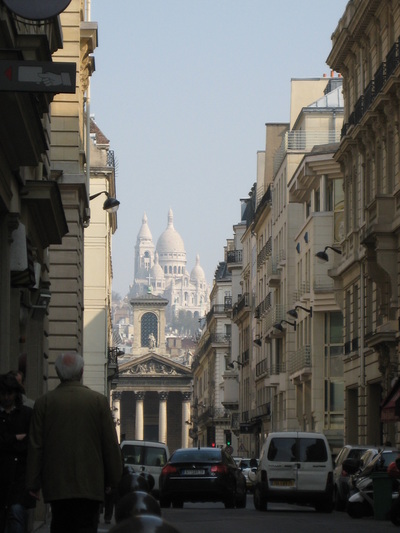
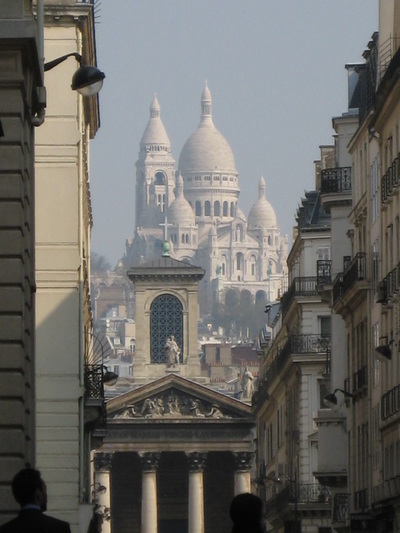
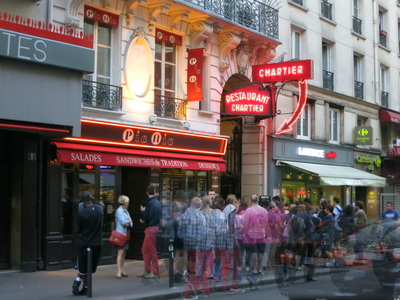
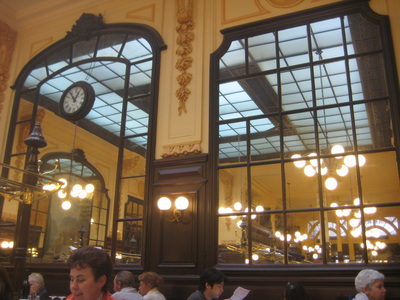
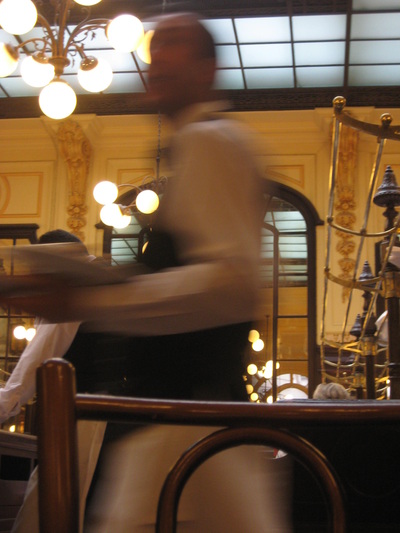
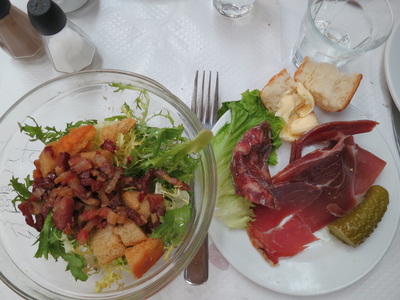
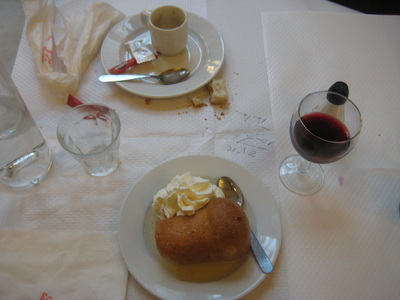
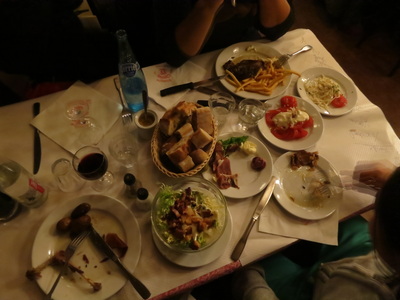
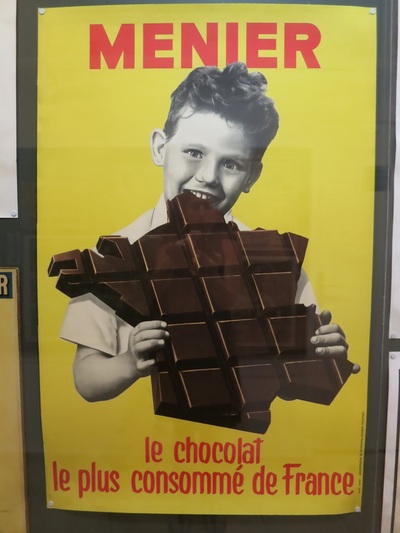
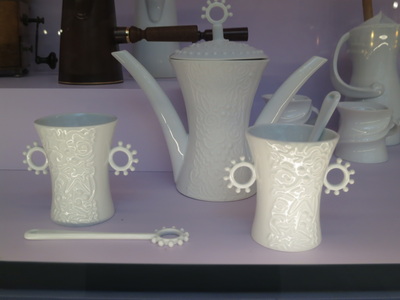
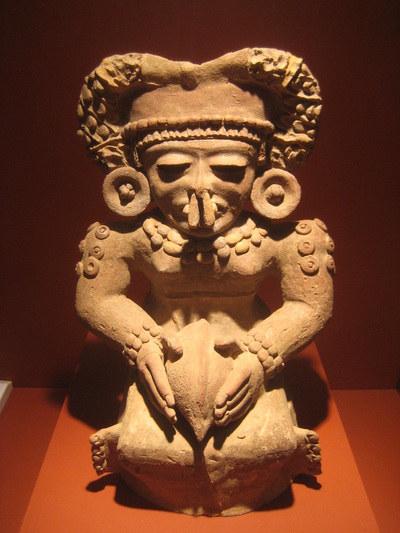
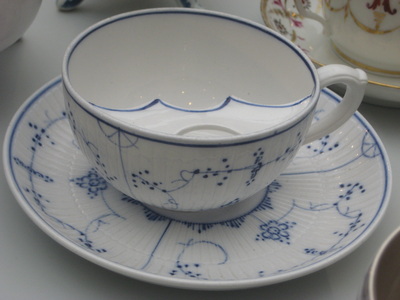
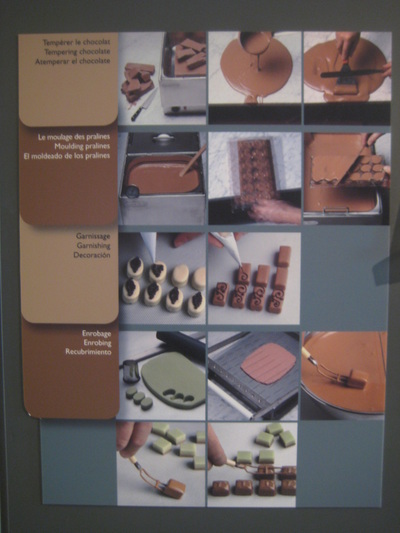
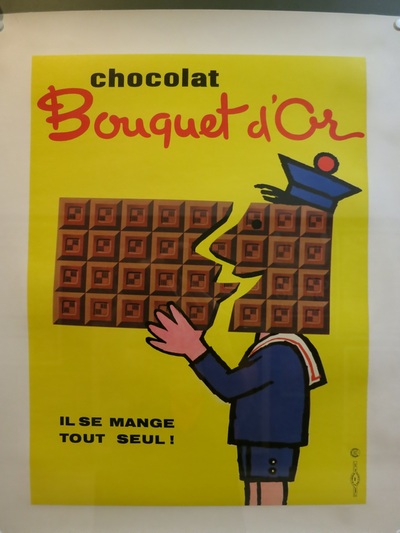
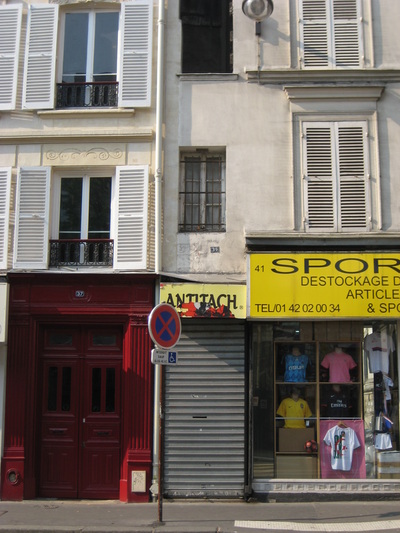
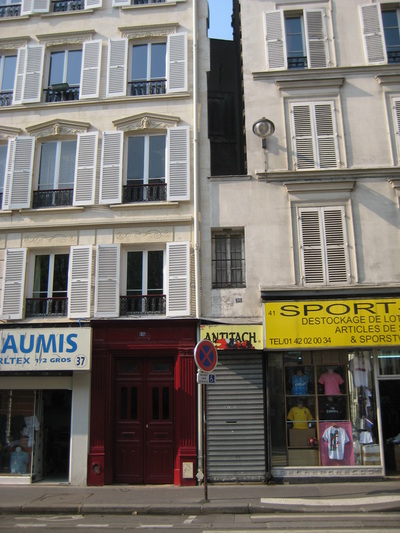
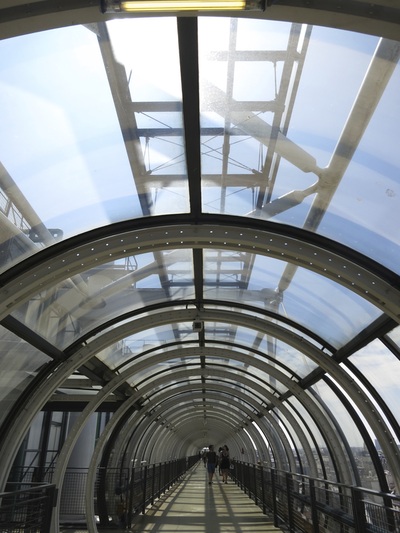
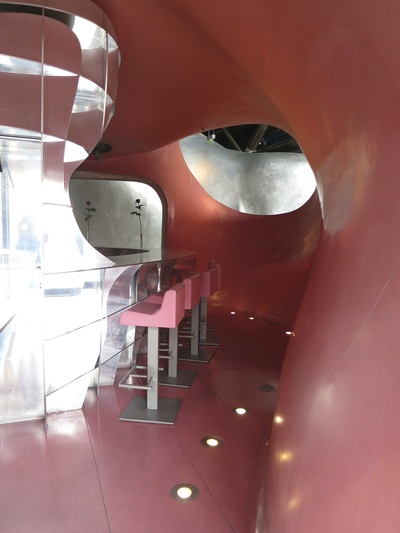
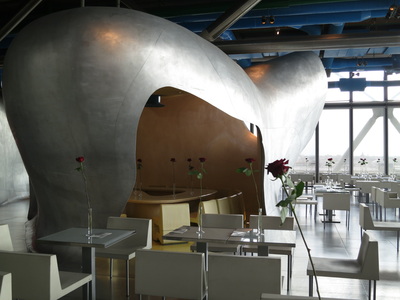
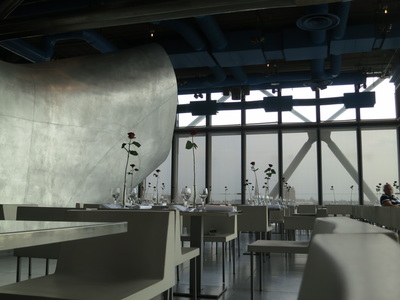
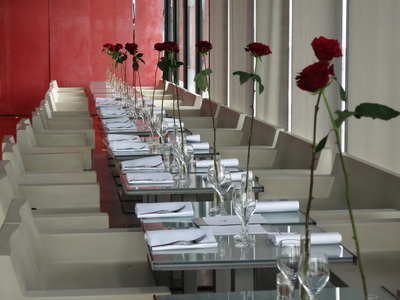
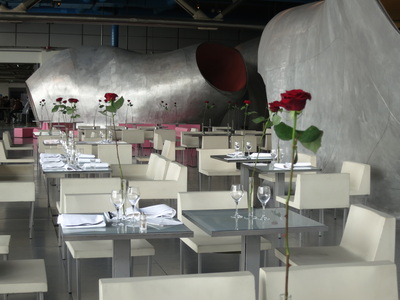
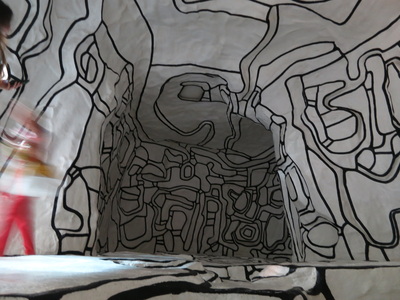
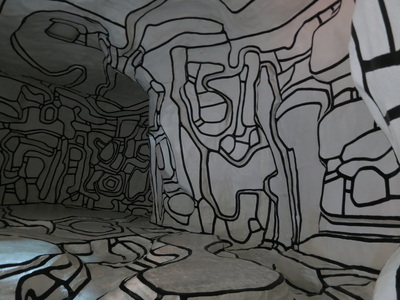
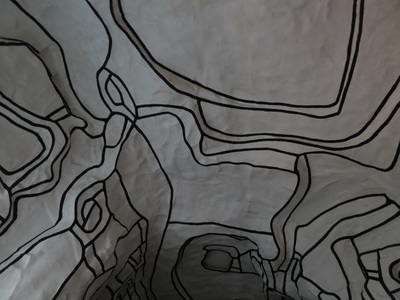
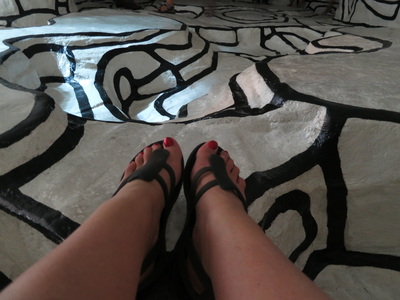
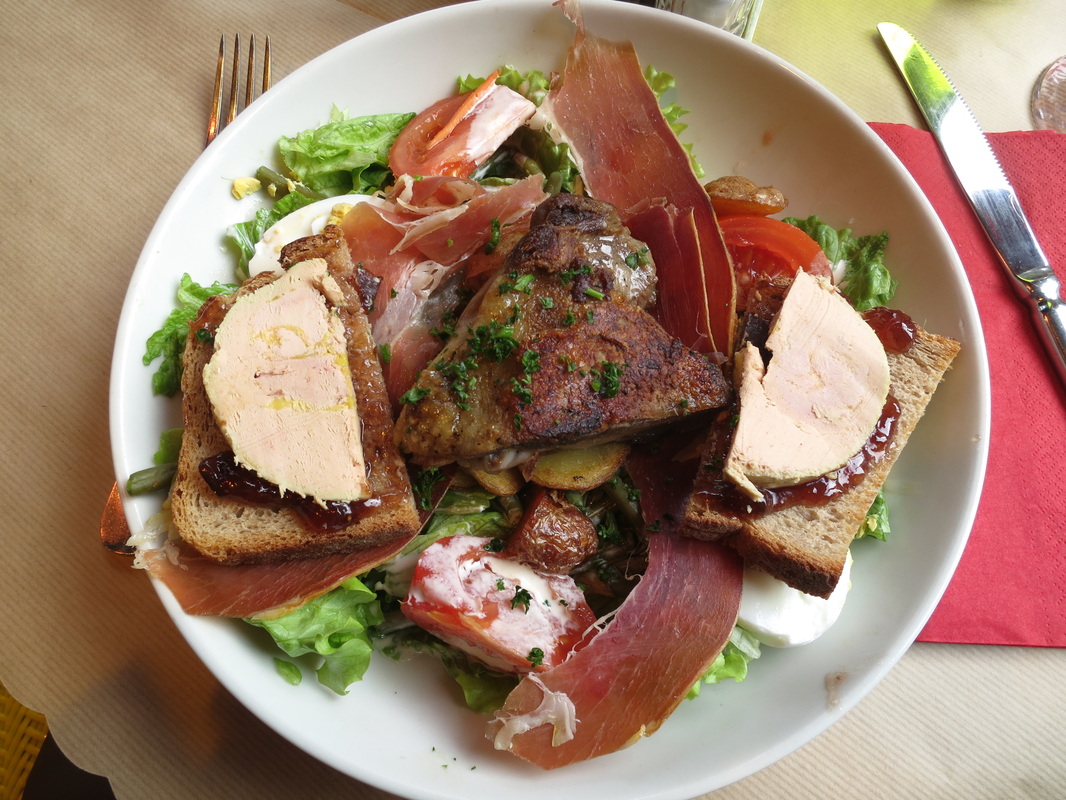
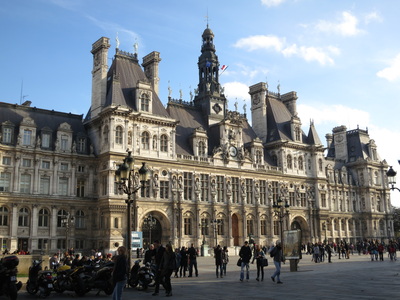
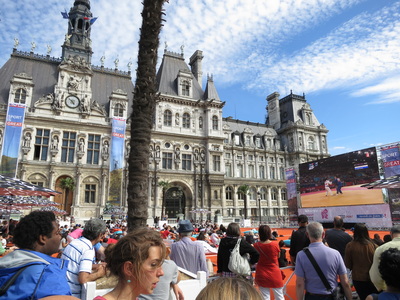
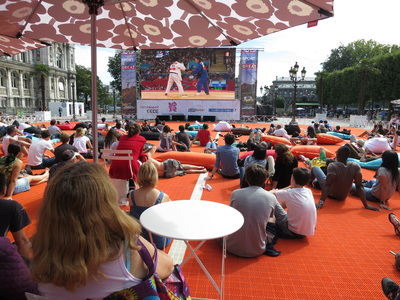
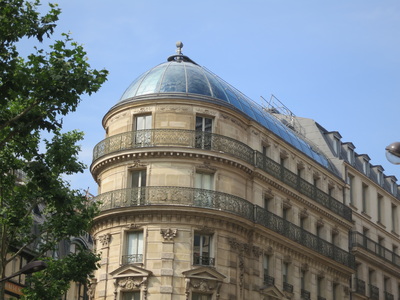
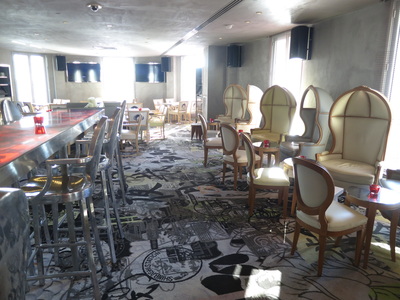
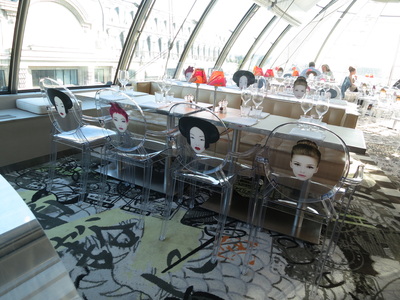
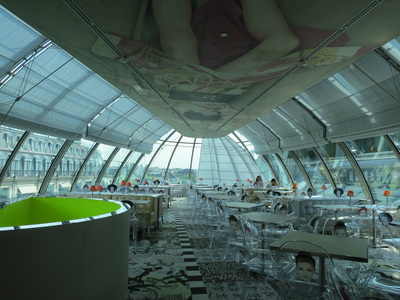
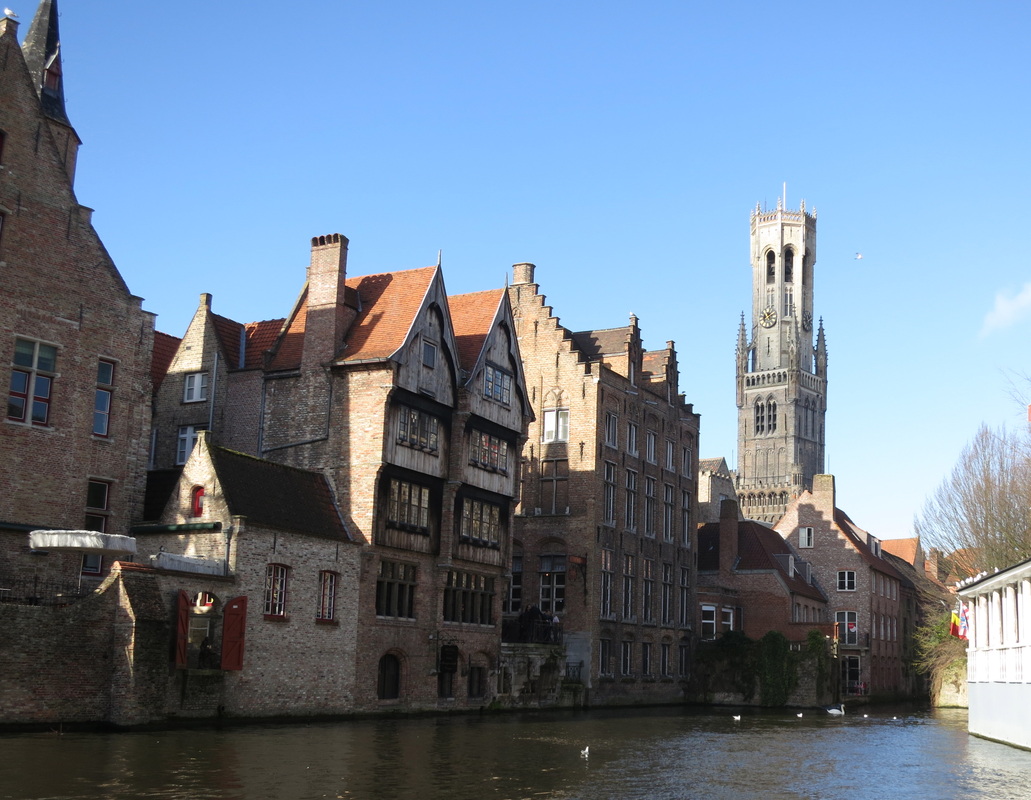
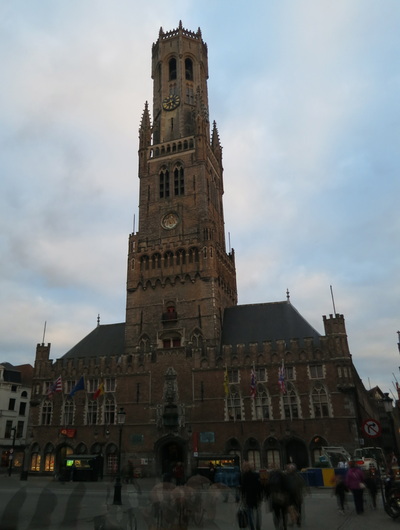
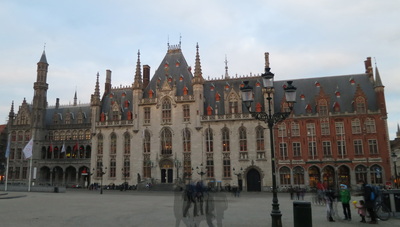

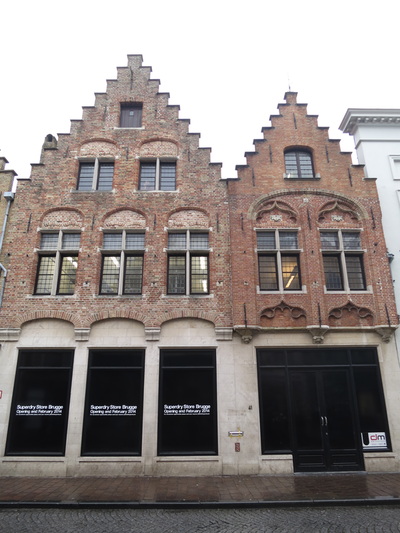
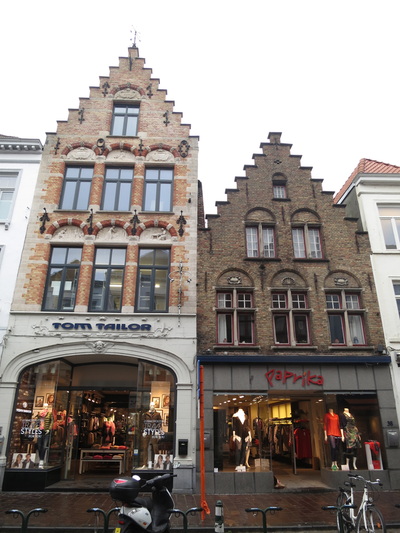
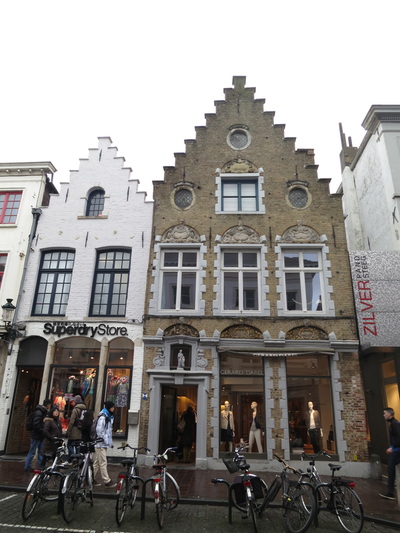
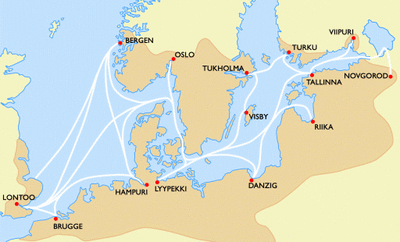
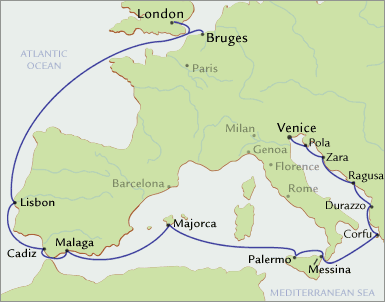
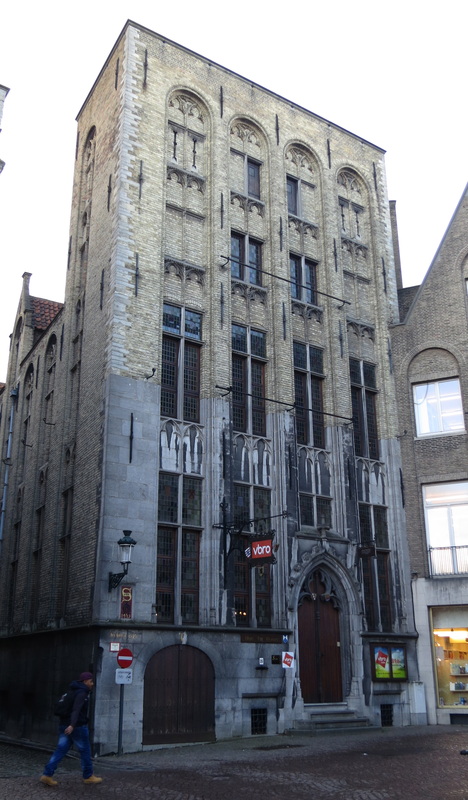
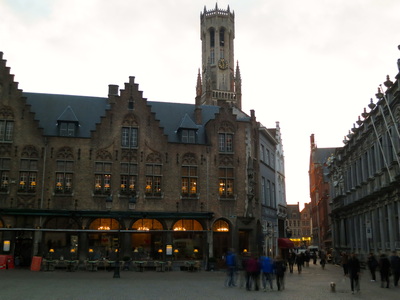
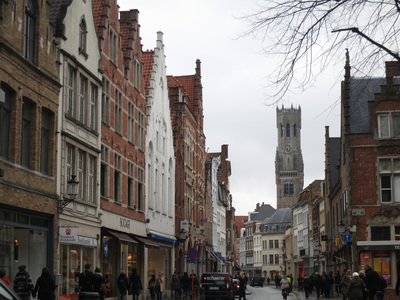
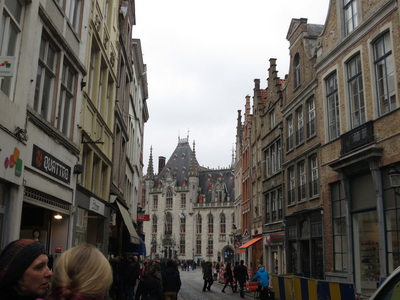
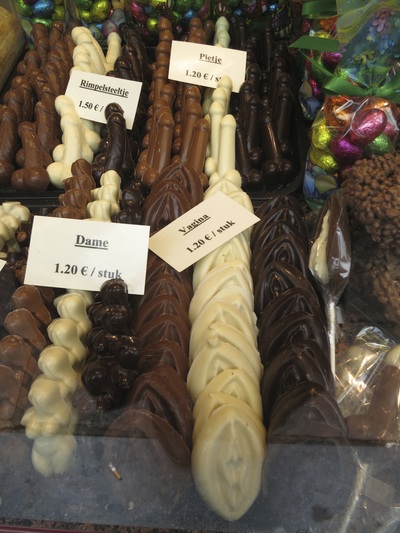
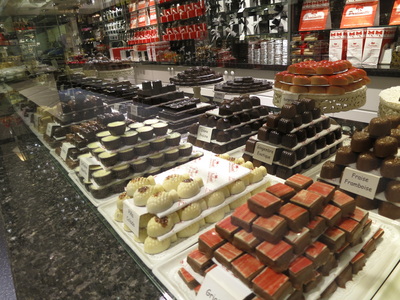
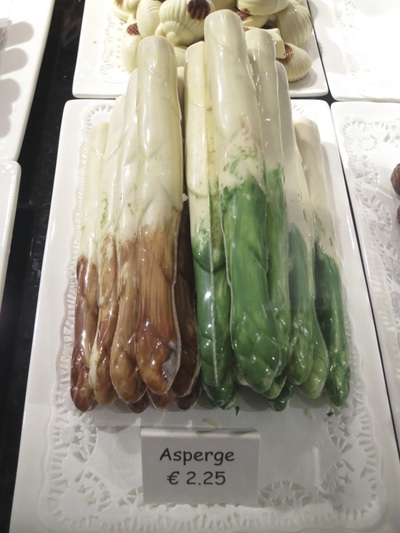
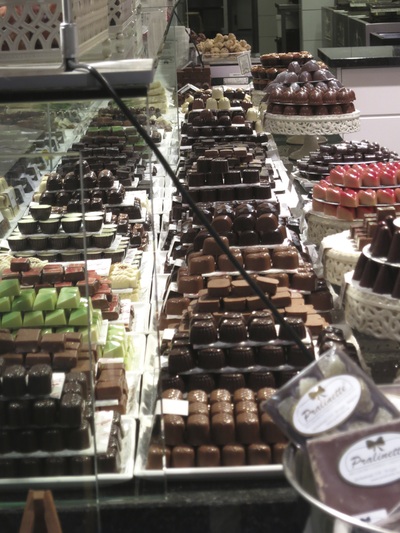
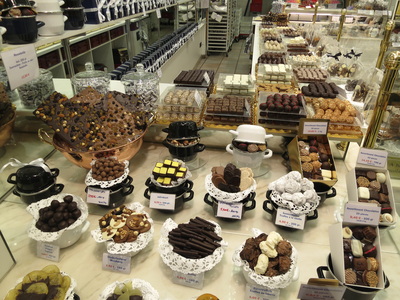
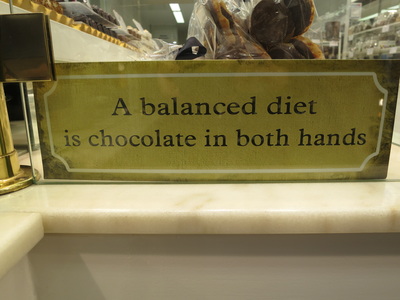
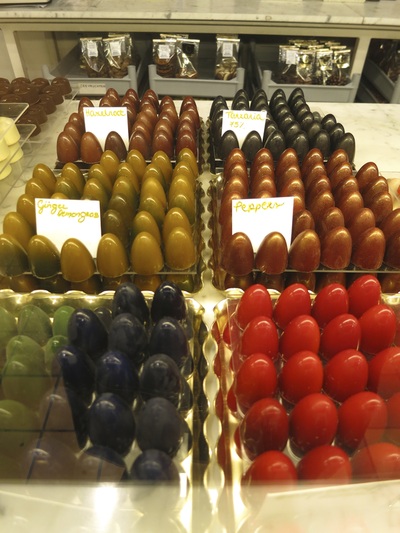
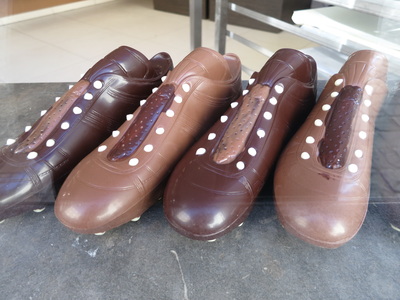
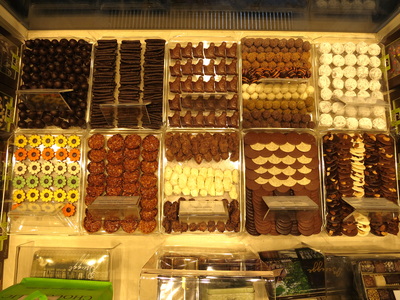
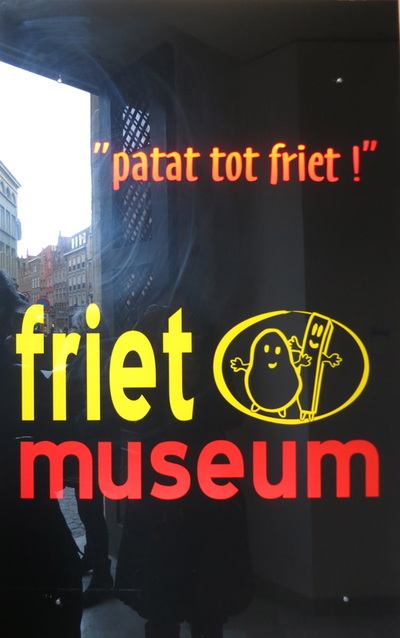
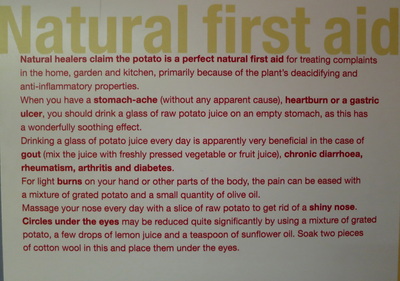
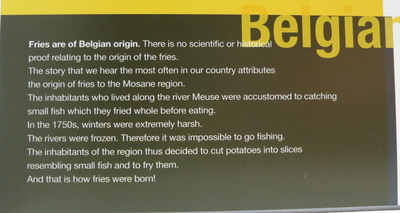
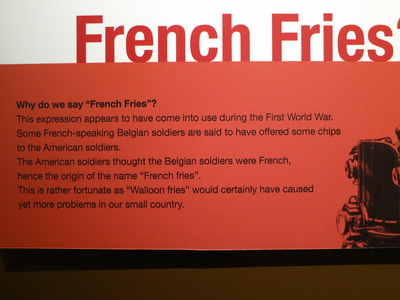
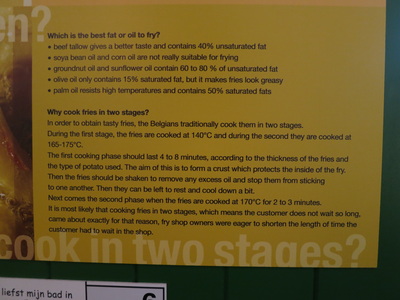
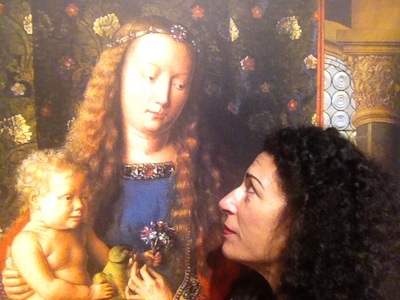
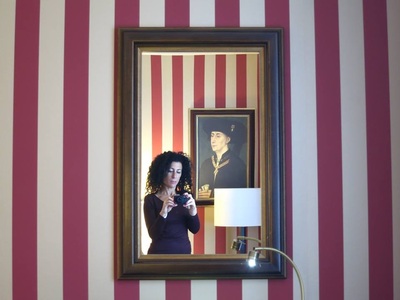
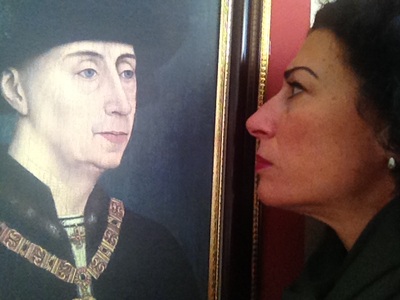
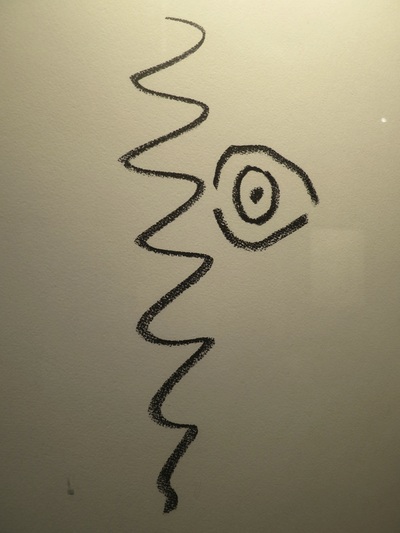
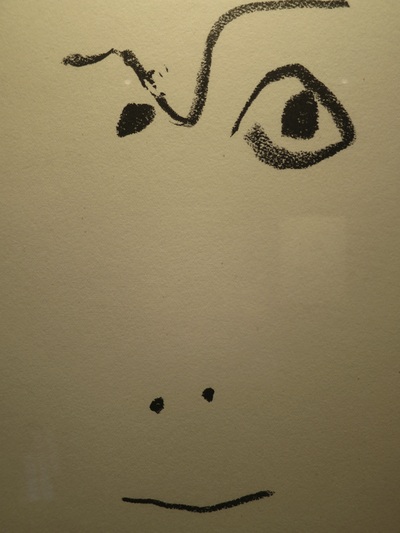
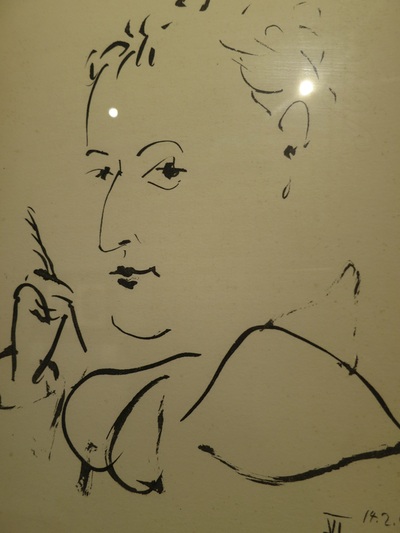
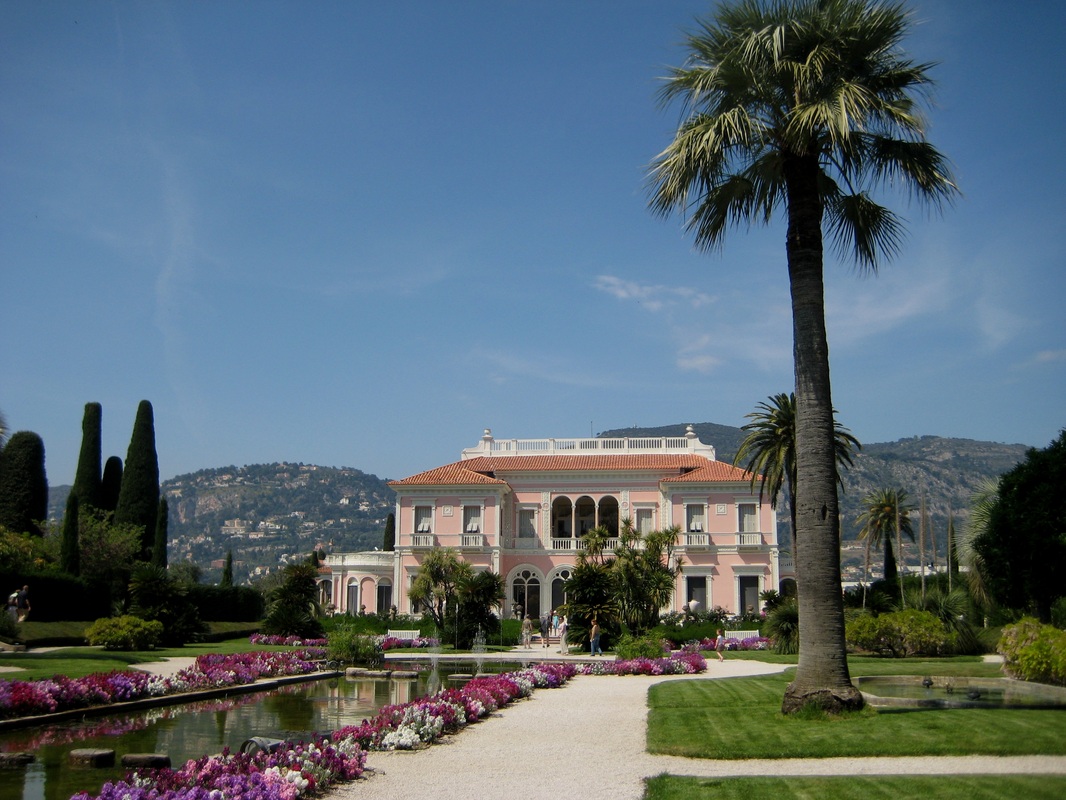
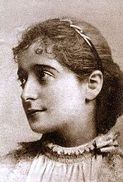

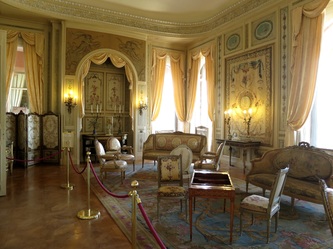
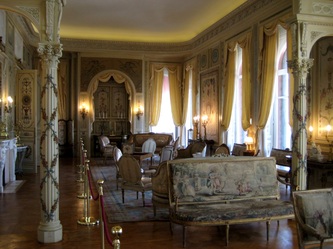
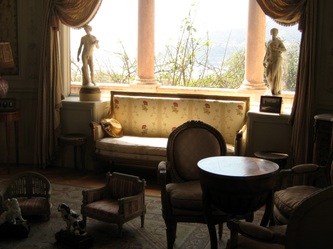
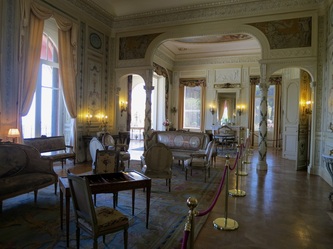
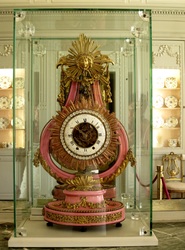
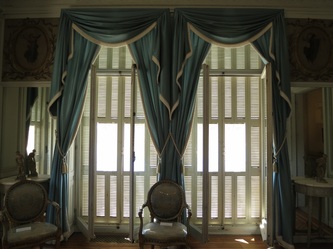
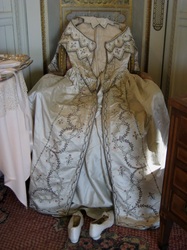
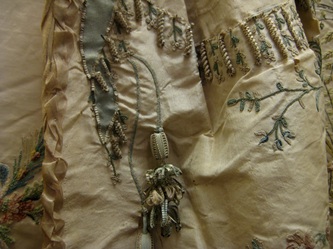
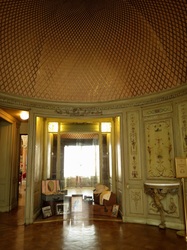
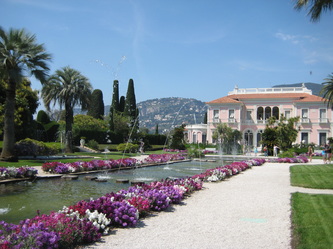
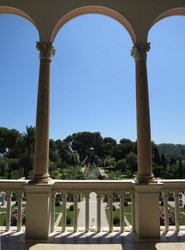
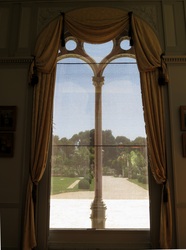
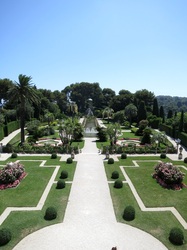
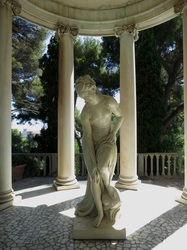
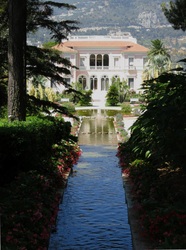
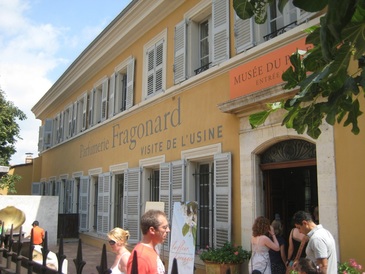
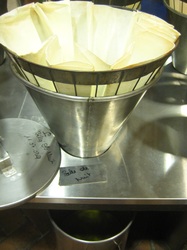
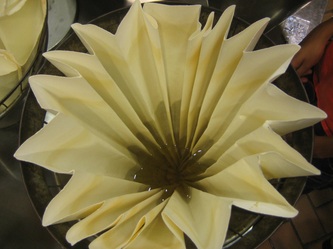
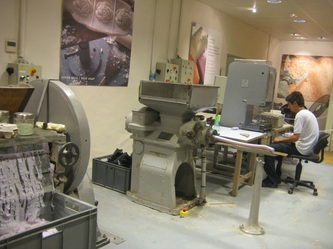
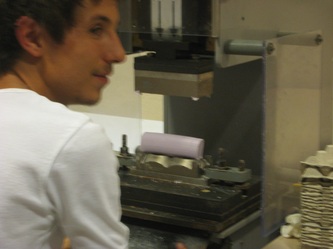
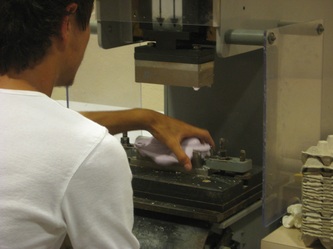
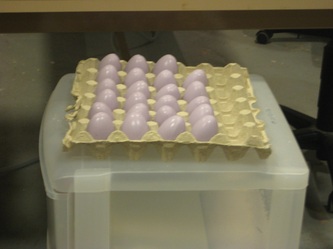
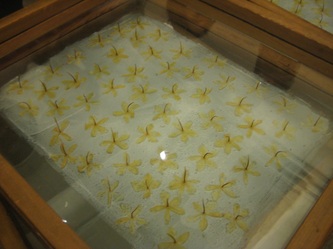
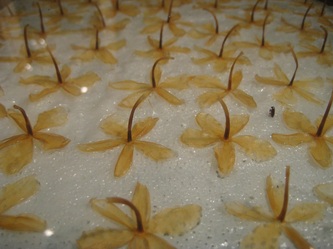
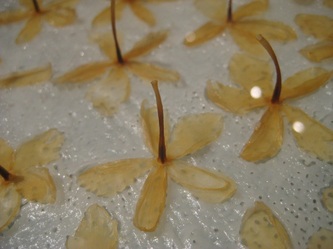
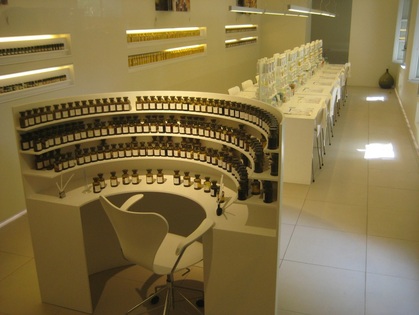
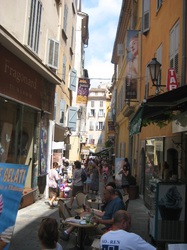
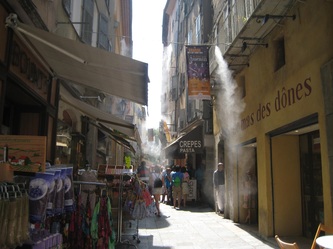
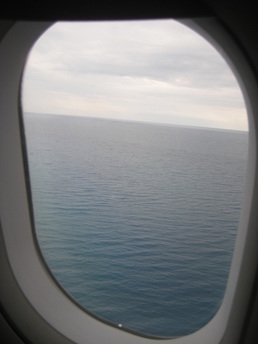
 RSS Feed
RSS Feed
